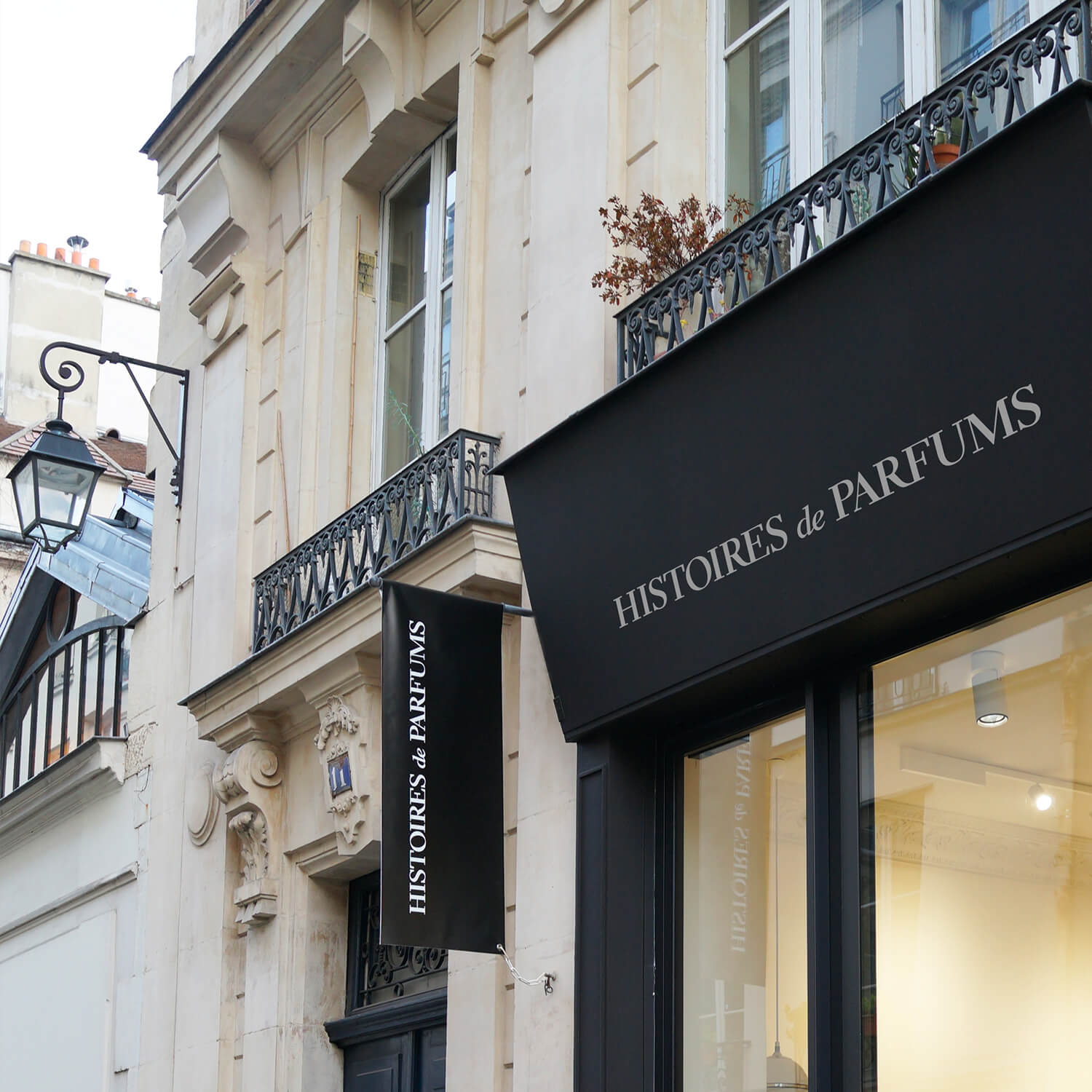July 1, 1804: Georges Sand

Aurore, before George
On July 1st, 1804, at 15 rue Meslay in the 3rd arrondissement, Amandine Aurore Lucile Dupin, Baronne Dudevant is born. Kin of a noble father who was a descendant of the Polish king, and of a plebian mother, this double identity will imbue her sense of self and motivate her political engagement. She will even go on to say: "The blood of kings is mixed in my veins with the blood of the poor and the young."
Her father dies while she is still a child. She finds herself amidst a mother and a grandmother who fight for her custody. Her grandmother will go on to raise her in a home she acquired in Nohant in 1793.
In 1822, she marries François Casimir Dudevant, lawyer of the royal court. Aurore's mother demands a dowry which allows Aurore to guard her fortune from her husband's control. This marriage bears two children, Maurice born in 1823, and Solange born in 1828. The relationship between Aurore and Casimir quickly dissolves as Casimir only sees Aurore as a wealthy heir. They separate in 1836.
The origins of George Sand
In 1830, Aurore meets Jules Sandeau. In 1831 she leaves Nohant and moves to Paris where Jules introduces her to a literary group formed by young Berrichons (habitants of Berry). While still married, she publicly displays this relationship. She begins to draft the novelRose et Blanche,that Jules edits. The book will go on to be published under the name J. Sand.
In 1832 Aurore writes Indiana,and wishes to continue signing it J. Sand but Jules refuses because of his lack of contribution. This is when Aurore decides to find a pseudo name. She chooses the first name George, because the etymology of the word describes the name as "the one who works the earth." On May 19, 1832, the novel Indianais published under the name G. Sand, which marks the birth of one of the most influential French writers!
A committed woman
Geroge Sand is the first woman in history to live by her pen. Committed to writing, she finds that literature is a powerful means to express and defend her political beliefs that are geared to benefit the lower classes.
She becomes engaged in politics in 1835. During the Revolutions of 1848 (a series of European revolutions in 1848), she involves herself in the creation of three republican newspapers focused on "the people's cause". However, the downfall of the second republic, and the advent of Napoleon III's second empire, forces her to withdraw from politics. Nevertheless, she kept her beliefs and went on to support women and defend the freedom of thought.
A life of romantic and literary encounters
As a free woman, George Sand had a tumultuous love life. Between 1833 and 1835, she was in a passionate relationship with Alfred de Musset. Frederic Chopin went on to be her lover between 1838 and 1846. George Sand went on to have many more lovers who both allowed her self and her literature to evolve.
Regarding literature, George Sand meets and continues correspondence with the great writers of her time including Gustave Flaubert, Honoré de Balzac... and while they have never met, also with Victor Hugo. Both would share a great friendship. Once Victor Hugo was exiled from France, George Sand went on to defend his cause in front of Napoleon III and fight for his return. At George Sand's death in 1876, Victor Hugo went on to say: "I cry for a death, but I welcome an immortal legend..."
The work of George Sand in numbers
In a little over 40 years of work, George Sand wrote 70 novels and 50 volumes of diverse pieces: short stories, theater pieces... Which makes her one of the most prolific authors of her time.
Amongst her most famous works, we can mention: Indiana, la Mare au diable, Mauprat, Isidora, Antonia...
Definitely worth a read!




Leave a comment
This site is protected by hCaptcha and the hCaptcha Privacy Policy and Terms of Service apply.